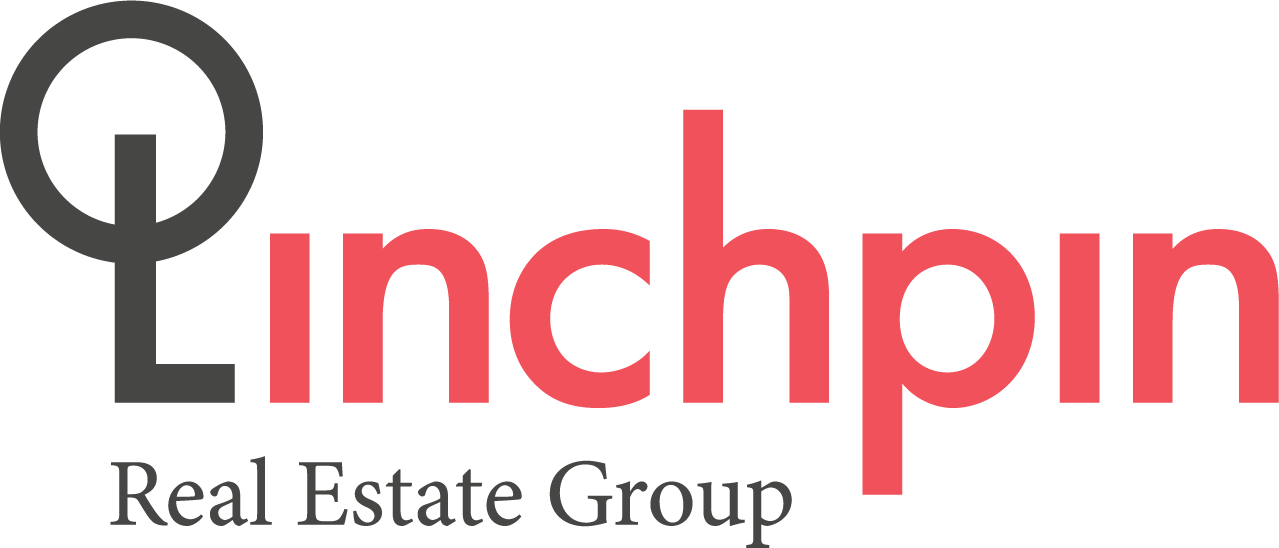Is LEED right for your home?
If you have not heard of LEED, let me back up, it stands for Leadership in Energy and Environmental Design. It is a certification program, run by the U.S. Green Building Council, for buildings designed to the highest green, or sustainable, practices. If you want all the fine print, you can find it here: USGBC.
LEED is one of several certification programs in the US, along with Earthcraft, Energy Star, and Passive house to name a few. I won’t fill up this post outlining their differences, benefits and deficiencies. A quick Google search will give you more than you ever wanted to know. In short, they all have different ratings systems, levels of complexity and at the end of the day, forms to fill out.
Any program that asks us to design more thoughtfully and build to a higher standard deserves some recognition, however many consider LEED to be the model for green building, and for commercial building it is. In fact, all new US Federal buildings are now required to achieve at least LEED Gold certification.
What really sets LEED apart is that it concerns itself with much more than basic energy efficiency and conservation. The system goes beyond to factor how a building will participate with its surroundings, the health of its occupants, and even the miles a material will travel to the site. It gains my respect for this comprehensive approach, but it is not a perfect system and likewise not appropriate for every home.
So, is LEED right for your home?
As LEED-Accredited Professionals, our clients often ask us about LEED; there always is one question we ask in return: That is, why do you want the certification? Keep in mind this is not a sticker you send away for in the mail. It is a sizable time and monetary commitment involving a team of professionals, and it requires a good bit of forethought.
The answers vary: Achieving LEED certification may have personal value, it may come with some notoriety, or perhaps you’re thinking resale. (Something perhaps our realtor friends can weigh in on.) Really, the only wrong reason is, your architect wants it for his portfolio.
Don’t misunderstand; if you are already committed to sustainable design and are considering LEED, I am not advocating you lower your standards, but I have to question: Why not use the same principles? Why not use the same thoughtful design? Why not use the funds that would pay for LEED paperwork and invest in better building practices and materials instead? This is my vision that we strive to achieve a higher, healthier, more thoughtful standard, whether there is a shiny plaque at the end telling the world we did so or not.
